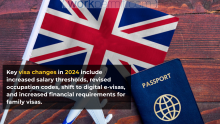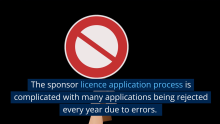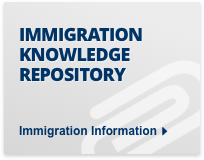Support migrant centric journalism today and donate

The United States has offered permanent residence to immigrant investors for 15 years, but to date just 6,000 such visas have been issued. Permanent residence has been granted to just 650 investors.
Asians (83%) most often use the opportunity, but it seems that many others are put off by bureaucracy, long waits and rigorous procedures. Some applicants have been waiting for ten years for their permanent residence status, according to a Congressional report.
The investor visa category EB-5 was established in 1990 to grant immigrants conditional residence. After two years, they are eligible for permanent residence status if they invest in a venture "benefiting the country'" and create at least 10 jobs. Under the law, about 10,000 visas of the EB-5 category may be issued each year to investors and dependents.
In 1995, a change in interpretation of qualifications led to more than 900 cases being suspended. Immigration lawyers held that a failure to issue new regulations deterred "potential investors from participating and caused hardships for some of the investors forced to remain in conditional resident status," the General Accountability Office said.
For example, to maintain their conditional residency in the US, investors who had their cases suspended must obtain an extension of their legal resident status annually - their green card - from the US Citizenship and Immigration Services.
Although the government was mandated by Congress to produce new regulations two years ago to ease the backlog, there has been little progress.
EB-5 participants invested about US$1 billion in a variety of businesses, including hotels, manufacturing industries, restaurants, real estate and farms.





















